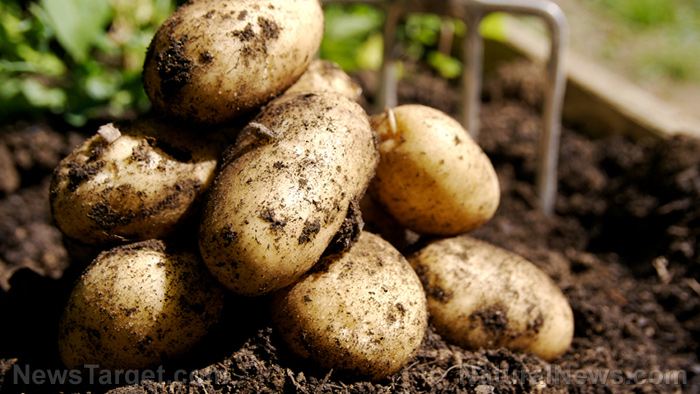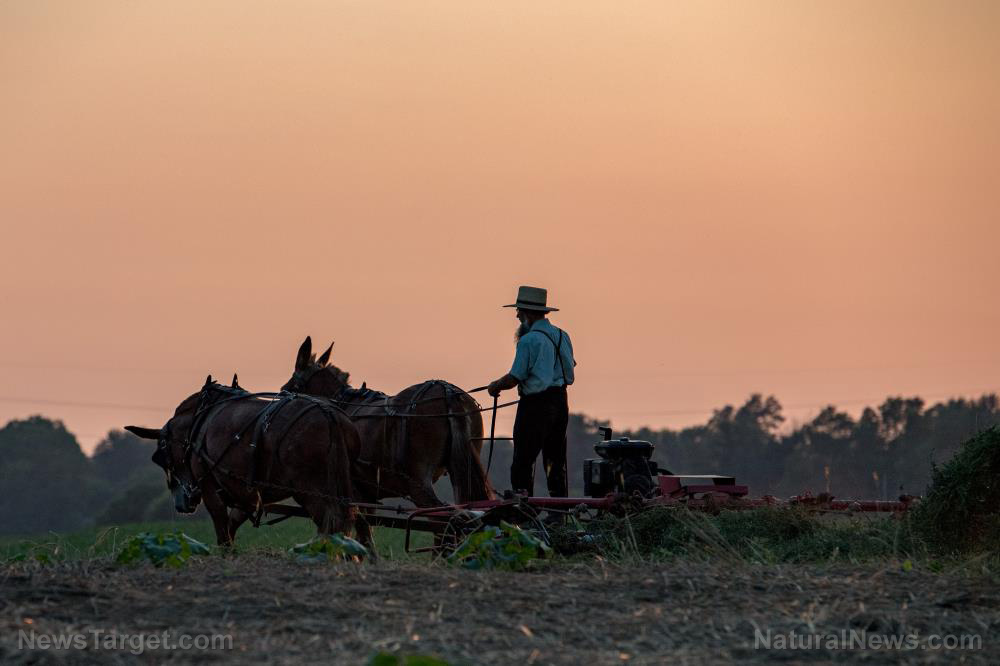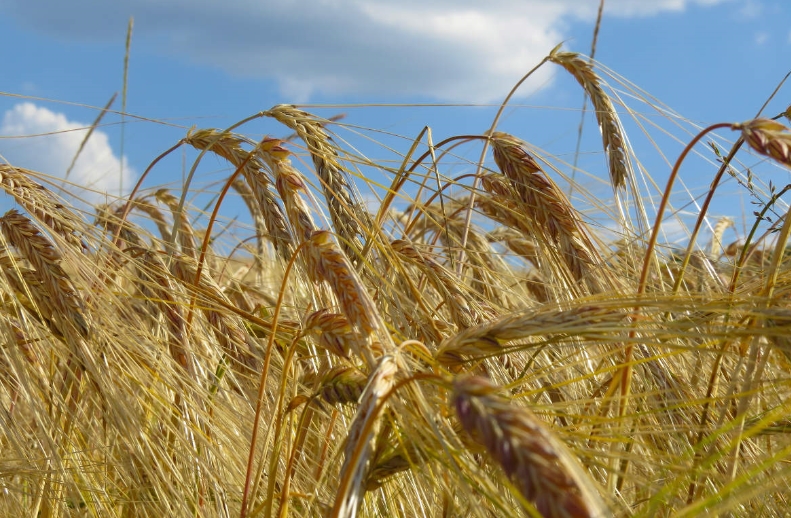
Potatoes, which are rich in starch, are a staple in prepper food stockpiles.
You don't even need a huge plot of land to cultivate them. In fact, you can grow potatoes in several buckets! (h/t to ModernSurvivalOnline.com)
Before you start planting potatoes in random buckets, gather these materials first:
- A bucket -- Get a bucket that's at least 12 to 16 inches in diameter. Get bigger buckets if possible.
- Compost/rich soil -- You can combine compost, inexpensive topsoil, local soil, and potting soil. If the combination is too hard and stiff, some sand can help loosen it up.
- Gravel
- Seed potatoes
Steps
- Find some seed potatoes – A seed potato is a potato that has started sprouting. Your options include buying them from the grocery store, an online seed supplier, or a local farmers market. When getting seed potatoes from the local grocery store, choose potatoes that are already starting to sprout. Take note that some store-bought potatoes are treated so they don't sprout, so the safest option is to get them from a farmers market. Seed potatoes with only an inch of sprouts will do. It's best to start planting potatoes in cooler weather.
- Prepare the bucket – Always use plastic buckets made from food-grade materials. If you live in hot areas, avoid black buckets because the plants may die if the temperature in the bucket gets too high. Drill several holes on the sides near the bottom of the bucket so water can drain. The holes should be 1/4 to 1/2 inches in diameter. Once the buckets have enough holes, pour one to two inches of gravel in the bottom of the bucket. The gravel ensures that the drainage holes don't get plugged up. After you add the gravel, add at least four to six inches of soil in each bucket. Once the soil is watered it will become compacted.
- Plant the potatoes – Push the seed potatoes into the soil in the bucket so that the upper half, or the part with the sprouts, is pointing up. Cover the seed potato with at least three to four inches of soil. If there's enough space left in the bucket, you can plant one or two potatoes per bucket. When planting large potatoes with multiple eyes, cut them in half so there are sprouts on both halves. You can plant each half separately. However, if you cut seed potatoes in half, let them dry on a window sill for two to three days to "cure" the cut surfaces and to minimize the chance of mold.
- Water the potato buckets – Keep the soil moist, but don't over-water it. Monitor the rain and temperature and water the buckets at least every other day.
- Keep the buckets in well-lit areas – Place the buckets in areas with lots of sunshine.
When the potato plant starts growing, cover the new growth to cultivate more potatoes. Once the plant has grown at least four to five inches above the top of the soil, add more soil until only the tip of the plant is showing. Keep doing this until the bucket is full.
More potatoes will sprout on new growth if you cover it with soil. Eventually, the plant itself will turn yellow and die off. After this happens empty the bucket and collect the potatoes. (Related: Fruits and vegetables to store in your root cellar.)
In the long run, planting potatoes in either a garden plot or a bucket will give you access to a starchy and versatile plant that can keep you and your loved ones fed if and when SHTF.
Fast facts on potatoes
- A potato is at least 80 percent water and 20 percent solid.
- Henry Spalding first planted potatoes in Idaho in 1837.
- Potatoes are the world’s fourth food staple, following wheat, corn, and rice.
- At least 125 countries around the globe cultivate potatoes.
- Potatoes were the first vegetable grown in space.
- Potatoes are 100 percent gluten-free.
You can read more articles with tips on how to cultivate versatile plants like potatoes at Homesteading.news.
Sources include:
Please contact us for more information.





















